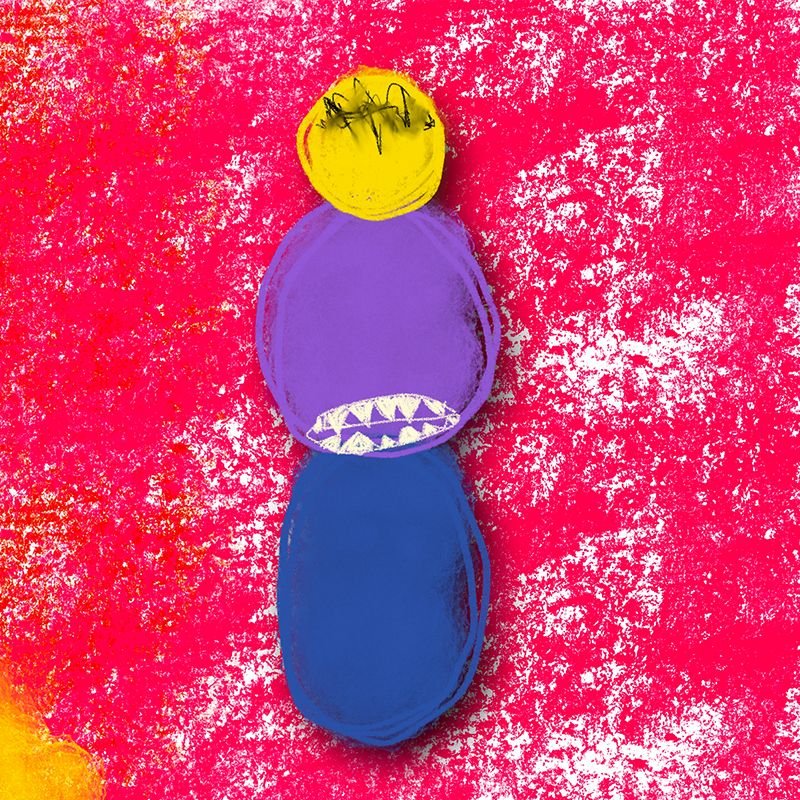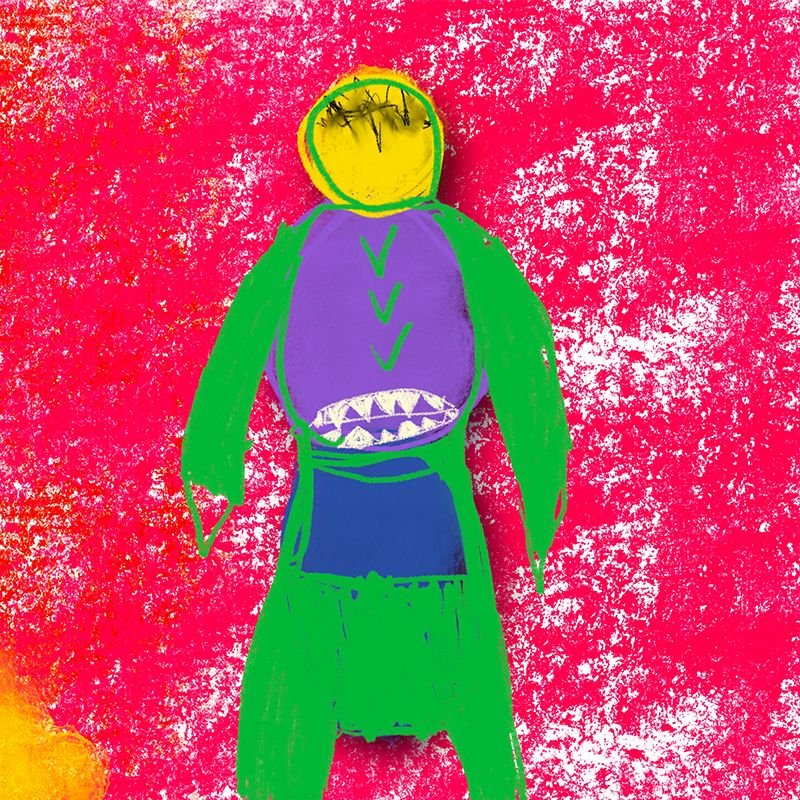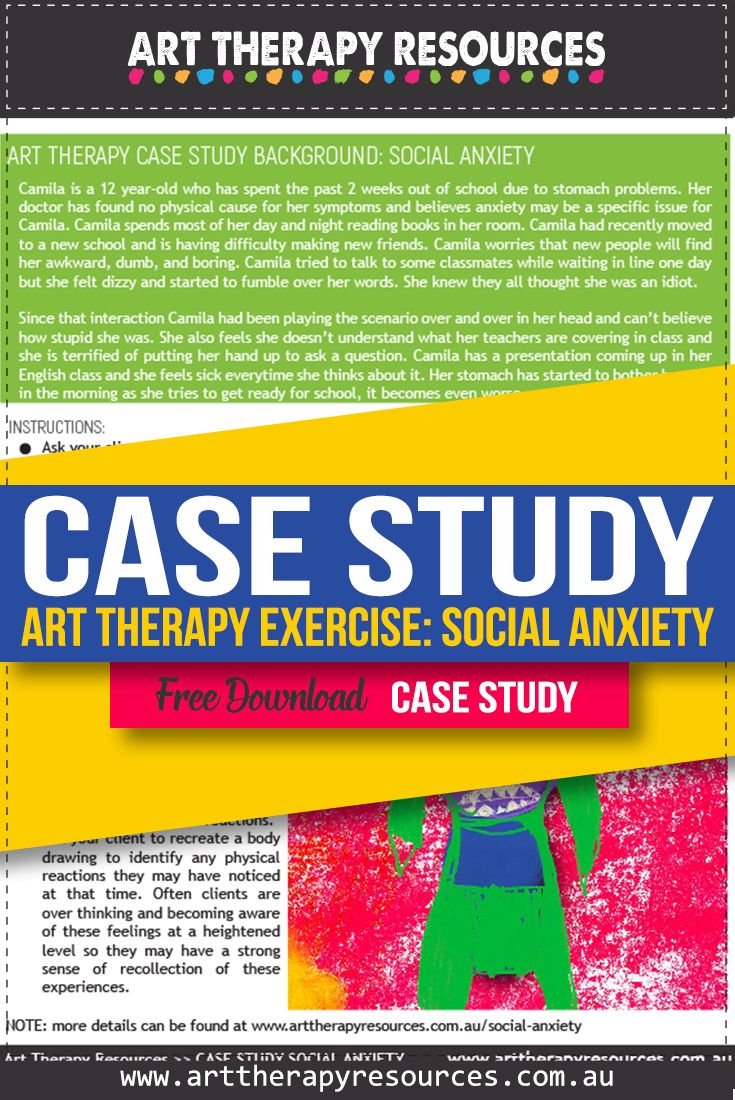THIS POST INCLUDES:
- Art Therapy and Social Anxiety
- About the Client
- Art Therapy Exercise
- Client Insight and Outcomes
- Disclaimer
- FREE DOWNLOAD Art Therapy Exercise
ART THERAPY AND SOCIAL ANXIETY
Many social situations can make us nervous. This is particularly true in situations where facets of an interaction are unknown such as the first day at school, a job interview, or a first date. Most of us can identify with those feelings of doubt, insecurity, and feeling unsure whether we can cope with what lies ahead.
With social anxiety, these feelings are common in everyday interactions. The level of anxiety can be so disruptive that people will avoid these interactions at all costs. This can be extremely detrimental to relationships, work, school, and other daily activities that help us function in life.
Those with social anxiety problems indicate some common fears including:
- Being judged or watched
- Being embarrassed or humiliated
- Offending someone by their own actions
- Attracting any attention
The fears often present as physical symptoms including the following:
- Increased heart rate
- Muscle tension
- Feeling dizzy
- Blushing
- Crying
- Sweating
- Trembling
- Stomach issues including diarrhea
- Breathlessness
- Feelings of disassociation
Studies have shown that there is a strong family link in terms of experiencing social anxiety. This could be a result of genetic predisposition or learned behaviour through family interactions. Nature vs nurture is always an ongoing debate, however, the likelihood of both aspects having an influence on the development of social anxiety is probable. Additionally, social anxiety can be triggered by traumatic experiences in life such as bullying, social rejection, humiliation, trauma, and abuse.
Traditionally, social anxiety is most often treated with a mix of behavioral therapy and medication depending on the severity of the symptoms.
According to the American Psychiatric Association, a person with social anxiety disorder has significant anxiety and discomfort about being embarrassed, humiliated, rejected, or looked down on in social interactions. People with this disorder will try to avoid the situation or endure it with great anxiety. Common examples are extreme fear of public speaking, meeting new people, or eating/drinking in public. The fear or anxiety causes problems with daily functioning and lasts at least six months.
According to the DSM-5, (Diagnostic and Statistical Manual of Mental Disorders, fifth edition), there are ten diagnostic criteria for Social Anxiety disorder:
A. Marked fear or anxiety about one or more social situations in which the individual is exposed to possible scrutiny by others. Examples include social interactions (e.g., having a conversation, meeting unfamiliar people), being observed (e.g., eating or drinking), and performing in front of others (e.g., giving a speech).
Note: In children, the anxiety must occur in peer settings and not just during interactions with adults.
B. The individual fears that he or she will act in a way or show anxiety symptoms that will be negatively evaluated (i.e., will be humiliating or embarrassing: will lead to rejection or offend others).
C. The social situations almost always provoke fear or anxiety.
Note: In children, the fear or anxiety may be expressed by crying, tantrums, freezing, clinging, shrinking, or failing to speak in social situations.
D. The social situations are avoided or endured with intense fear or anxiety.
E. The fear or anxiety is out of proportion to the actual threat posed by the social situation and to the sociocultural context.
F. The fear, anxiety, or avoidance is persistent, typically lasting for 6 months or more.
G. The fear, anxiety, or avoidance causes clinically significant distress or impairment in social, occupational, or other important areas of functioning.
H. The fear, anxiety, or avoidance is not attributable to the physiological effects of a substance (e.g., a drug of abuse, a medication) or another medical condition.
I. The fear, anxiety, or avoidance is not better explained by the symptoms of another mental disorder, such as panic disorder, body dysmoφhic disorder, or autism spectrum disorder.
J. If another medical condition (e.g., Parkinson’s disease, obesity, disfigurement from burns or injury) is present, the fear, anxiety, or avoidance is clearly unrelated or is excessive.
Specify if: Performance only: If the fear is restricted to speaking or performing in public.
HOW ART THERAPY CAN HELP WITH SOCIAL ANXIETY
Art therapy helps facilitate cognitive disruption by moving attention away from rumination. This redirection of attention away from worrying then helps to regulate the nervous system.
Art therapy allows us to express ourselves visually and rely less on verbal expression. Verbal expression can be a difficult task if a client is catastrophizing. The feelings of being overwhelmed can make verbal expression difficult which then negatively impacts the client’s perception of self-managing feelings and thoughts.
Art Therapy can benefit clients by initially diffusing a stressful environment in the therapy setting. Techniques will help the client feel calm and able to focus on the task at hand. Once this anxiety is defused, the client is then more open to processing thoughts, emotions and assessing behaviour.
Art therapy can also assist anxiety by improving self-esteem, expressing feelings, problem-solving, and goal setting which aids in working towards improved thinking patterns.
Below is a summary of some of the benefits of art therapy for helping with anxiety:
- Calms the nervous system
- Acts as a distraction
- Interrupts rumination
- Encourages focus on one thing
- Increases self-esteem from the act of creating something
- Reduces over-stimulation from external sources
- Provides tactile stimulation
- Venting, releasing stress
- Useful when verbal expression is limited
- Encourages “play”
Art activities can be undertaken outside of therapy when situations arise
ABOUT THE CLIENT
- Name: Camila
- Age: 12
CURRENT CLIENT ISSUES:
Camila is a 12 year-old who has spent the past 2 weeks out of school due to stomach problems. Her doctor has found no physical cause for her symptoms and believes anxiety may be a specific issue for Camila. Camila spends most of her day and night reading books in her room.
Camila had recently moved to a new school and is having difficulty making new friends. Camila worries that new people will find her awkward, dumb, and boring. Camila tried to talk to some classmates while waiting in line one day but she felt dizzy and started to fumble over her words. She knew they all thought she was an idiot.
Since that interaction, Camila had been playing the scenario over and over in her head and can’t believe how stupid she was. She also feels she doesn’t understand what her teachers are covering in class and she is terrified of putting her hand up to ask a question. Camila has a presentation coming up in her English class and she feels sick every time she thinks about it. Her stomach has started to bother her and in the morning as she tries to get ready for school, it becomes even worse.
ART THERAPY EXERCISE
MIND BODY CONNECTION – The mind and body are closely connected and can influence each other in a feedback loop whereby the mind creates feelings of tension in the body, and heightened feelings in the body leads to overthinking.
INSTRUCTIONS:
- Ask your client to use a pencil or pen to draw the outline of a body.
- Ask your client to take a minute to reflect on physical feelings in their own body at this moment and consider if their body is feeling any tension, pain or discomfort in any areas.
- Continue with the artwork and incorporate the knowledge of these physical feelings when drawing the body outline. This includes identifying parts of the body that may feel this pain or discomfort. Your client may choose to use patterns, colours, or different materials to reflect the physical sensations they may experience.
- Discuss with your client their understanding of how the mind and body may be connected in discovering these physical sensations.
- NOTE:
- This exercise can be done at the time the client and art therapist meet in session to identify physical sensations at that time. The exercise can also reflect on recent experiences where they felt strong emotions or reactions.
- Ask your client to recreate a body drawing to identify any physical reactions they may have noticed at that time. Often clients are over thinking and becoming aware of these feelings at a heightened level so they may have a strong sense of recollection of these experiences.
CLIENT INSIGHT AND OUTCOMES
Camila felt her body drawing would be wrong so she just drew some circles to represent her body. She showed on the image that her stomach hurt the most when she thought about school. She also felt fuzzy in her brain and included that in one of the circles.
After talking to her therapist, she started to turn her circles into a funny body. Camila knew it looked funny and didn’t mind it didn’t look like her body. Camila enjoyed creating the body and seeing how she could use it to explain how she felt to other people.


DISCLAIMER
This case study represents a snapshot of the client’s progress in treatment. The exercise in this article could be used as written or as a guide for new and original tasks developed by the Art Therapist. Responsibility for treatment resides with the individual therapist who understands their clients specific needs. The art therapy exercise should not be viewed as a pre-defined directive on how to treat a client that presents with a specific range of problems.This art therapy exercise will help build a database of knowledge to draw upon when helping your client. Art Therapy is associated with psychotherapy techniques, however each therapist often approaches therapy with their own foundation of psychological interventions, whether it be psychotherapy, CBT, DBT or other methods.
FREE DOWNLOAD: Art Therapy Exercise
Download the FREE Art Therapy Exercise based on the above Case Study. The free download includes instructions for the art therapy exercise, along with an example of the art therapy exercise.

BUILD YOUR ART THERAPY REFERENCE MATERIALS:
Pin this image to your Pinterest board.

SHARE KNOWLEDGE & PASS IT ON:
If you’ve enjoyed this post, please share it on Facebook, Twitter, Pinterest. Thank you!
